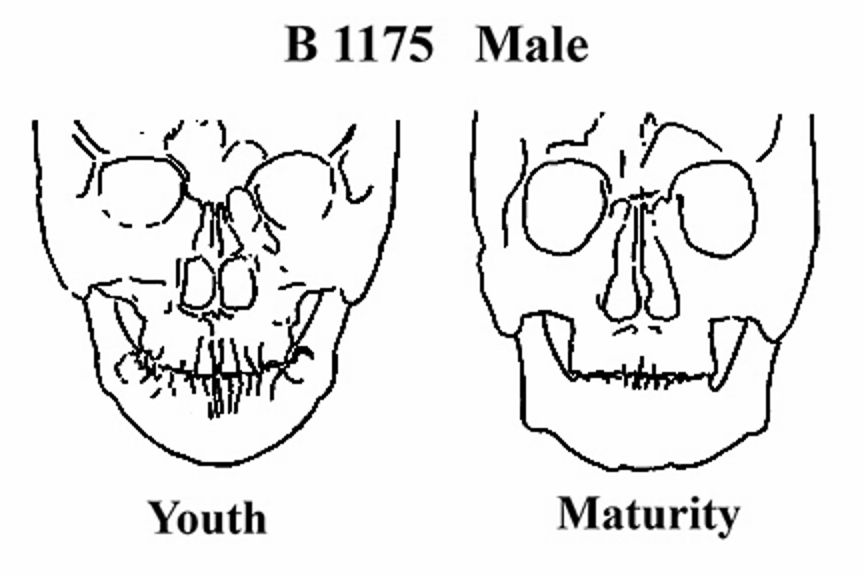Friday, February 2, 2007
12139
The effect of facial aging on mandibular shape: a morphometric analysis from the Brush-Bolton longitudinal series
Background: The concept of differential growth of facial bones in children has been known since the 1920's. The changes associated with maturation from infancy to youth involve growth of facial bones at varying rates. Clinical observation would suggest there is a flattening of the mandibular contour that occurs with aging. This study sought to address whether the concept of differential growth of the facial skeleton continues beyond youth.
Methods: Utilizing the Brush-Bolton longitudinal series, we analyzed 16 files, including 8 male and 8 female subjects. Data was derived from frontal cephalograms, obtained initially at youth, and later, at maturity.
Results: The data demonstrates a dramatic shape transformation which occurs from youth to maturity. Young male mandible shape was different from old male mandible shape (p=.001). Young female mandible shape was different from young male mandible shape.
Conclusions: The differential growth of facial bones continues after youth. There is a loss of convexity associated with the mature mandible that is seen in both male and female subjects. The statistical analysis of shape is a powerful tool that beholds vast potential in helping to explain the role skeletal remodeling plays in facial aging.

